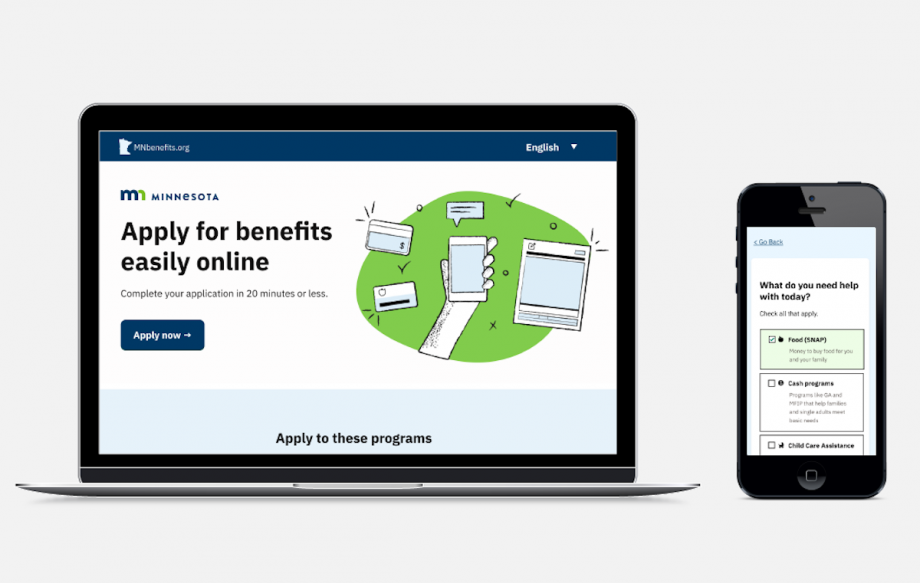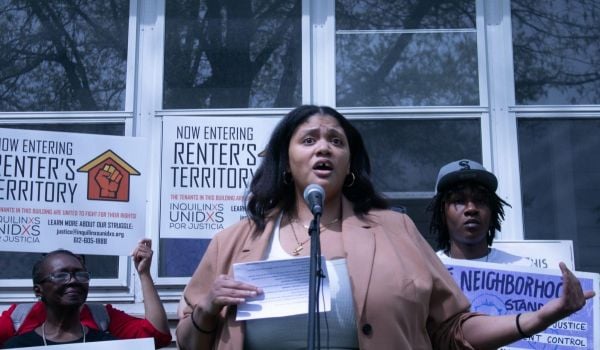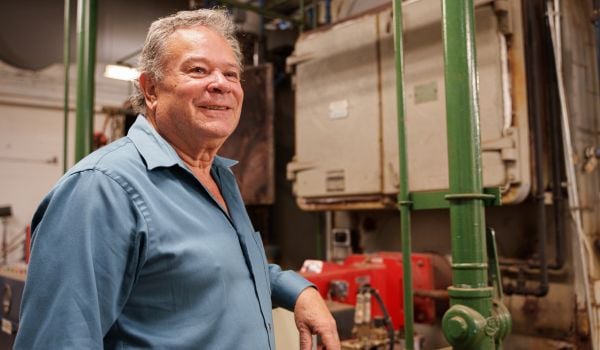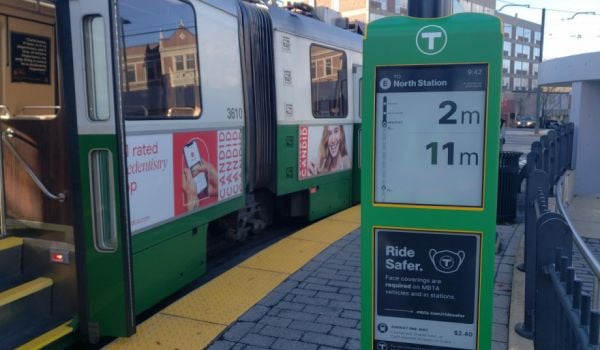Applying for public assistance is difficult in most states, but Minnesota’s online application was particularly complicated until November of 2021, when a revamped version of the site went live for all benefits applicants in Minnesota. Supplemental Nutrition Assistance Program (SNAP) “food stamps,” housing support, child care assistance, and more, all had their own process, and could take up to two hours to complete. Each county in the state also has its own system for managing documents and communicating with applicants.
Thanks to Code for America, a nonprofit organization that reduces the gap between public and private sectors in technology accessibility and design, Minnesotans who need those public benefits now only need to fill out one form.
Minnesota Department of Human Services Deputy Commissioner Chuck Johnson says that the partnership developed because the agency was aware of work that Code for America had done in other states to help digitize application processes.
“I see it as an opportunity and vision meeting,” Johnson says. “We had a vision of what we wanted to do and when we started talking with Code for America, there was an opportunity to do something relatively quickly.”
Minnesota is one of less than a dozen states where benefits are administered directly by the county, which means there is no statewide process.
Dustin Palmer, the associate program director of Code for America’s integrated benefits team, says, “Our challenge was let’s make a tool that works for all Minnesotans but matches how the counties work.”
In revamping the platform over two years, Code for America had to develop processes that fit the way that each county is run. They started with Hennepin and Olmstead counties. (Minneapolis is in Hennepin County, where about 341,000 people receive public benefits.) They talked directly with county staff about how they processed their applications and designed the software to fit with the existing processes. One critical point that they wanted to address was to make sure the application was friendlier to users, but nothing was changed on the backend. Since the new application launch, Hennepin County has received about 42,500 applications representing 87,000 individuals.
Code for America also considered the needs of tribal nations who process human services for their own members.
Prior to the Code for America partnership, tribal members would often apply for benefits through the county, but then get referred to a tribal nation to process the application, which would add delays.
Sarah Smythe, the Bemijigamaag site manager for Red Lake Nation Temporary Assistance for Needy Families (TANF), says, “We didn’t have as visible a presence as the state – Code for America helped us get out there more. It was more accessible; people didn’t have to know what service was right for them. The logic in the website helped break down barriers.”
The new application process is user friendly and accessible in Spanish and English. Applicants do not have to set up a username and password. Big buttons are the interface for the various support programs. Applicants can also return to the site and submit documents if necessary, or just snap a picture on their phone right then and there.
Palmer says, “Typically when people apply, they don’t have the documents ready to go because they don’t know what they need.”
Elana Gravitz is the manager of policy and process improvement for Hennepin County, the state’s most populous county. “We think a lot about the digital divide and we’re really concerned about people who might be left behind when there is digital advancement,” she says. “[Code for America] did that work with lots of specific groups in mind and research in different communities and I see that when I read the feedback from people who have used it.”
Administrators have seen comments from Spanish-speakers and senior citizens stating that the online application is easy to use. Applicants have also noted that there is more dignity to the new process and that it feels more humanizing than it used to be.
In Hennepin County, they have also noticed that one third of the people who apply for benefits do so outside of regular business hours since the redesign was rolled out. In other words, benefits are more accessible to people who need them but can’t necessarily take the time off to go to the office in person.
Since the application process can be completed on any kind of device, the revamp also broke down barriers — because although not every household has a computer, almost everyone has a phone. Olmstead County, whose county seat is Rochester, has taken that a step further by providing kiosks, including in the Department of Human Services office. Completing the application through the kiosks is quicker than filling out the paper application.
Corrinne Erickson, the Director of Family Support and Assistance for Olmsted County Health, Housing, and Human Services says, “In the past we would have given them an application. Now we ask them if they want to go to the kiosk to apply because it would take them less time. And if they have a smartphone, we can show them how to find the same thing on their smartphone. People have a choice now when they come in.”
Since the launch, about 125,000 people have been able to apply for benefits using the streamlined application process, averaging about 1,000 applications per week. When Code for America exits the project, Minnesota will also own the software instead of needing to use a service contract.
Johnson says, “This is a real beacon of hope for us, and we look forward to how we will do this work.”
Editor’s Note: This article was corrected to reflect that 341,000 people receive public benefits in Hennepin County, and that the new application process does not include Medicaid.
This article is part of The Bottom Line, a series exploring scalable solutions for problems related to affordability, inclusive economic growth and access to capital. Click here to subscribe to our Bottom Line newsletter.

Nia Springer-Norris is a Chicago-based solutions and culture journalist who contributes to Next City and Kirkus Reviews. Her work has also been featured in Ms., Romper and Parents.com.


















